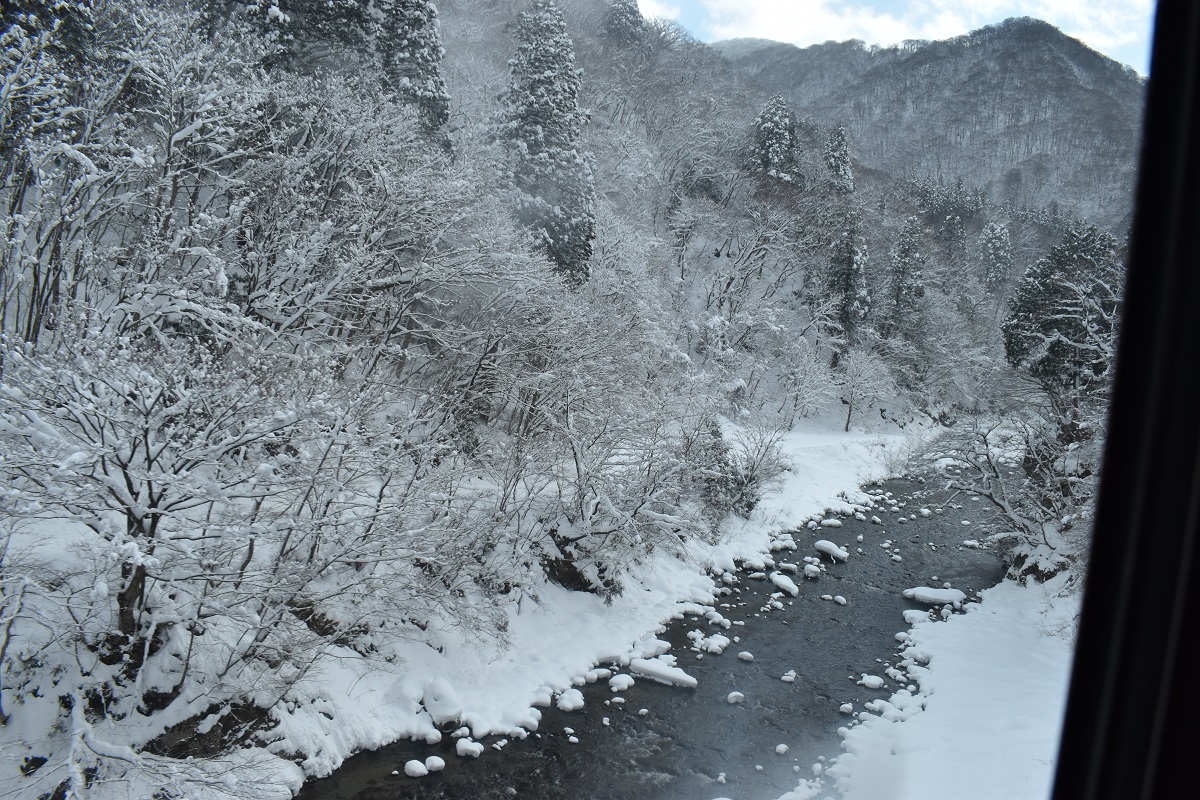It is said that when a British chemist came to Japan in the early Meiji period, he described the whole town painted in indigo blue as Japan Blue. Indigo dyeing was used not only for clothing but also for all everyday items, and it was so widespread throughout Japan. Ancient Japaneses must have experienced its insect repellent, deodorant, and antibacterial effects in a humid climate. And many disciples have improved their technical skills beyond their masters.
“Blue comes from indigo and is bluer than indigo.”
With the indigo dyeing technique spread across the country and cotton cultivation in the Seto Inland Sea, which takes advantage of the low rainfall, it was a natural progression that Japan’s jeans production bases were established in Okayama and Hiroshima prefectures near Tokushima prefecture.
For amateurs, it is refreshing to experience indigo dyeing in an unexpected way that the result is not what you expected at all. The dyed material is dipped in the dye many times to make the dye darker, but in accordance with this, the gradation is created by gradually loosening the parts that have been squeezed so as not to be dyed. However, it is difficult to adjust. The amount of time the dyed material is exposed to air and oxidized once out of the dye also greatly affects the results. However, people who experience it once want to do it again and again. In Tokushima Prefecture, there are hands-on workshops everywhere. The workshop where I experienced is in a merchant’s house that amassed wealth from trading indigo-dyed products.
The team color of the Japanese national soccer team is based on Japan Blue, so I hope that the result of the match will overturn the expectations as indigo dyeing !











